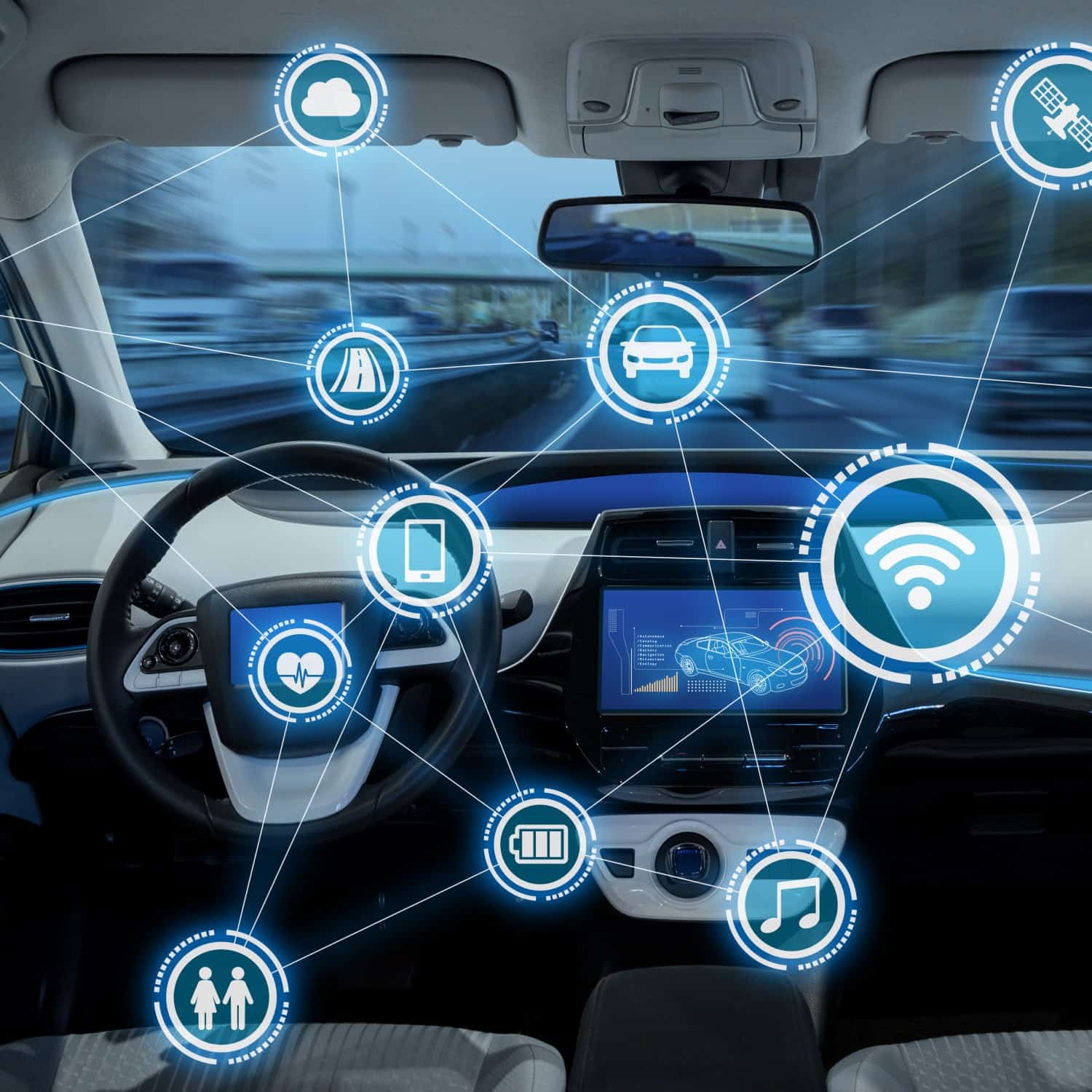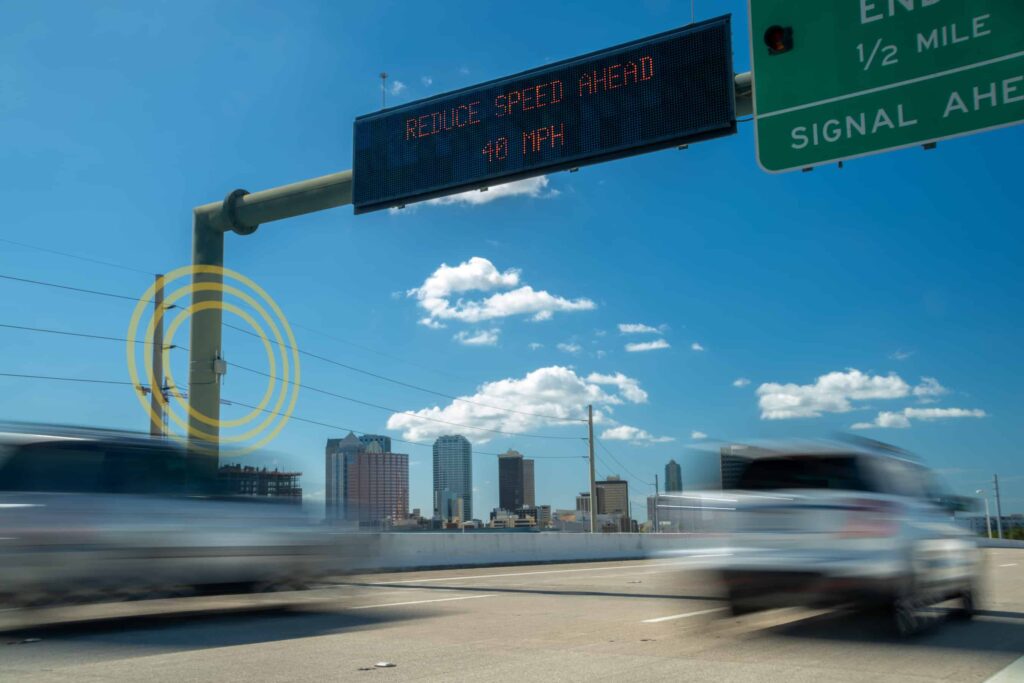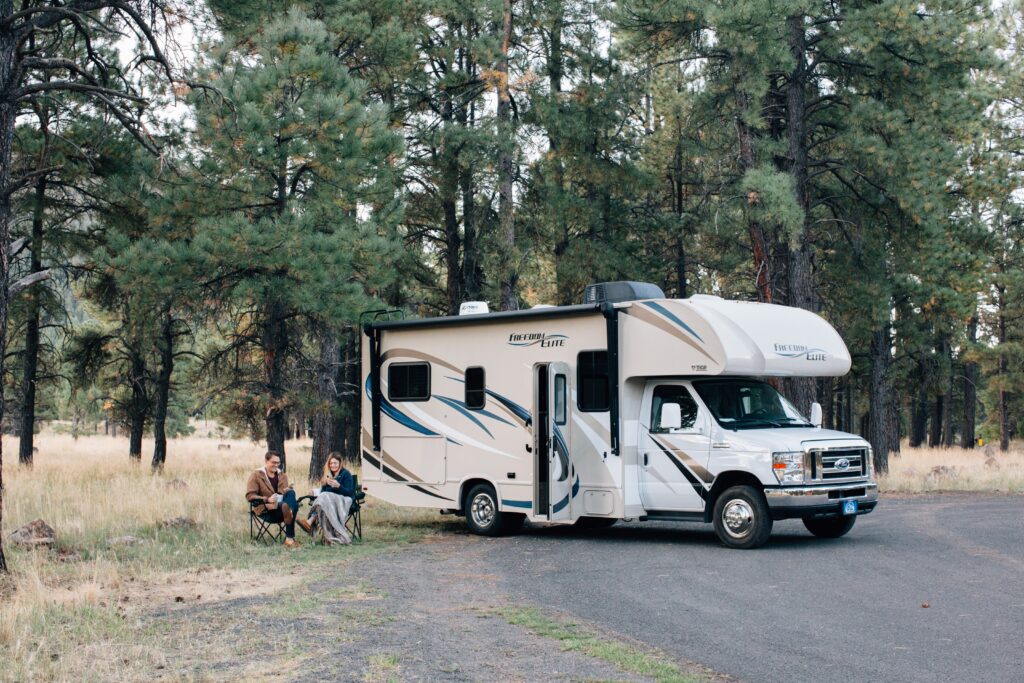
Could Your OBU Installation Hurt Your CV Deployment?
SEPTEMBER 29, 2020 // JEFF VARICK
If you’re running a connected vehicle deployment, your onboard unit (OBU) system installation could be negatively impacting the success of your project. Some CV project managers think of the OBU installation as simply hiding the OBU, mounting monitors and connecting cables. The integration might not be pretty, but it’s a temporary setup. What’s most important is collecting data and getting the project done on time. Right? Absolutely. But ironically, an inelegant integration jeopardizes those priorities. The success of your CV deployment is riding on an OBU integration that’s seamless with the vehicle. Clunky equipment and ungraceful installations can distract drivers, affecting your CV project in ways that you don’t even realize. In a connected vehicle deployment, seamless integrations aren’t luxuries — they help guarantee that the equipment installation doesn’t compromise your data collection, driver safety, or the project timeline. Here’s how. Related: Get Better Results in Less Time on Your Connected Vehicle Deployment
Better Data Collection
If you don’t prioritize a seamless OBU integration to the vehicle, you could be compromising the integrity of your connected vehicle data collection. Let’s say your integrator runs a bundle of cables along the floor, behind the brake pedal. As drivers get in and out of their cars, the floor mats in some vehicle models shift, causing the cables to bunch up and create resistance against the brake. Or imagine that you’ve routed the antenna cables through the trunk, where the onboard unit is placed. One day, in a rush, the driver throws a golf bag in the trunk and it disconnects the antenna. The monitor is plugged in, but the driver never notices that the antenna is disconnected. The goal of any integrator should be to install OBUs in a way that will protect the integrity of your data.
Avoid New Driving Risks
The whole idea of a connected vehicle deployment is to reduce risks on the road, but the wrong integration approach can actually introduce new safety hazards. We’ve seen instances when OBU monitors were mounted to the dash or to the front windshield with a suction cup. While the screens displayed valuable information to drivers, they also created distractions and blocked the view. Some installations use suction cups to mount equipment to the windshield. Suction cups are notoriously unreliable, and yet we see them used all the time. It doesn’t take much — a sudden stop or a minor fender bender — to knock a device loose and hit the driver in the head. Or it could fall to the floor and cause a dangerous distraction while the driver tries to keep it from sliding under the accelerator. Look for an integrator who will be able to do more than simply follow the scope of services. Find a company that can push back, spot pitfalls you don’t see, and design innovative, integrated solutions to meet those issues.
Prevent Deployment Setbacks
When OBU equipment gets in the way of the driving experience, participants often complain. They may want to exit the study early, or request a change to the installation in their vehicle. Rework and extra maintenance take time. If you discover the installations have created a data collection problem, you’ll need to reinstall every vehicle. Recalls can set your project back by weeks — possibly even months, depending on the size of your deployment.
There’s No Substitute for Experience
In one project, we brought in local installers to help add OBUs to vehicles. They had to route the antenna cable through vehicles’ trunks, which meant going through the rain seal on the trunk. Any time you go through a seal on a trunk or door or window, you need to add drip loops to prevent leaking in the vehicle. This was especially important, because we were working in a state that gets a lot of rainfall. Perhaps you can guess where this is going. Even good installers don’t always know the hundreds of little details you need to account for in a CV deployment integration. That kind of thing comes only from experience. And on a connected vehicle deployment, there’s no substitute for experience. What Should You Expect from a Connected Vehicle Integrator? It’s a lot like autonomous vehicles. In the beginning, the vehicle does a terrible job of driving by itself. It needs to learn as it goes. As it experiences different types of scenarios and driving conditions, the vehicle becomes adept. Vehicle integration is like that. If you hire an integrator with broad and deep experience in connected vehicle integration, you can avoid the problems and setbacks other deployments often face. You have a lot riding on your connected vehicle deployment. Don’t settle for standard, run-of-the-mill installation services. Insist on a thoughtful approach that seamlessly integrates the OBU and Driver Info Display with the vehicle. You’ll get better data, keep drivers safe, and protect your project timeline. Need help with your CV deployment? No one has more experience with OBU integration than Brandmotion Solutions.




